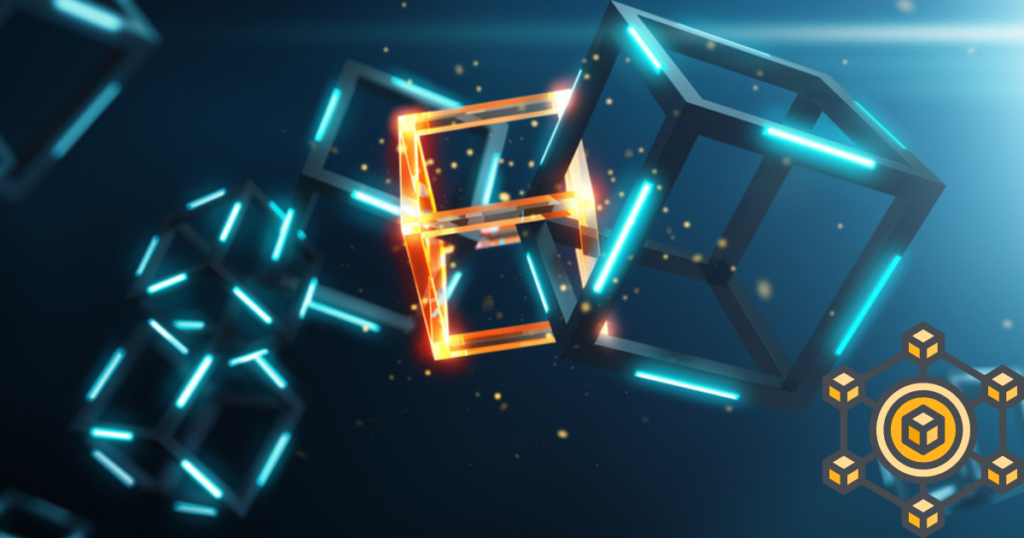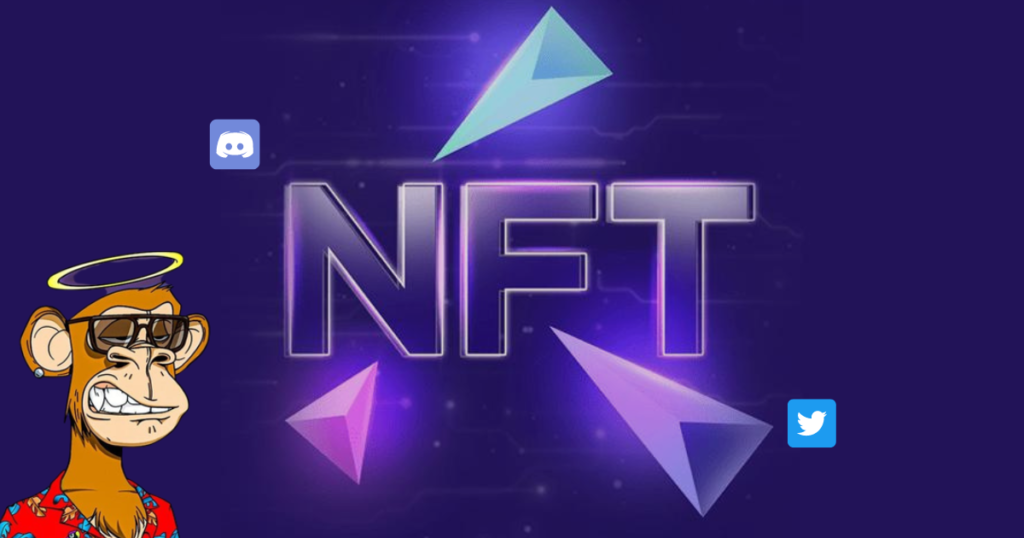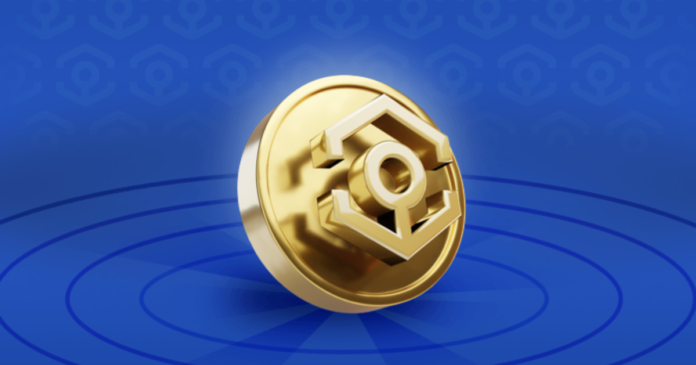Ankr is a network that allows web3 projects to connect to the decentralized infrastructure. Ankr Token facilitates the transition to web3 by offering an ecosystem that combines decentralized finance or Defi node infrastructure and staking. Web 3 is a global movement that has taken the tech industry by storm. After the explosive introduction of proof of stake or pos blockchains to the crypto, space developers have been leveraging smart contracts to build decentralized apps or DApps for the digital economy. The proof-of-stake blockchain projects are expanding rapidly and their dependence on nodes is growing simultaneously. This highlights the need for a better node infrastructure. It’s costly and time-consuming to deploy nodes, establishing a staking node can also be complicated and expensive which increases the barriers to entry.
Ankr is the answer Ankr’s innovative developer architecture and staking node structure provide the security and incentives needed for seamless development. The network is powered by Ankr its core utility token. Its vision is to provide proof of stake projects with multi-chain tools that allow them to build fast, cheaply, and reliably.
In this article, we’ll take a look at the Ankr ecosystem, why it’s important, and how it can help the growth of the web3 movement and I’ll of course share my thoughts on it.
What is Ankr Network?
Ankr is a network that allows web3 projects to connect to the decentralized infrastructure. This allows them to use a variety of advanced tools. Ankr crypto facilitates the transition to web3 by offering an ecosystem that combines decentralized finance or Defi node infrastructure and staking. This will benefit all network participants. Ankr network was founded in 2017 by Ryan fang and Stanley wu. It started out as a tech company that wanted to harness the idle computing power of data centers around the globe. The Ankr platform quickly changed its focus to provide a decentralized web3 infrastructure to developers as a crypto solution. It is a crucial link to leading blockchains like polygon and Arbitrum. It offers a range of innovative products including RPC services, advanced APIs, and gaming SDKs.
Ankr is well on its way to decentralizing all aspects of governance and infrastructure allowing for rapid web 3 building. Its vibrant ecosystem will provide Ankr its native currency with valid uses as projects embrace blockchain technology via web3 applications.

Ankrs Operation
To operate its decentralized architecture the anchor network relies on a complex interplay between smart contracts, consensus mechanisms, and cryptography. Its distributed infrastructure includes highly available and scalable remote procedure call or RPC services. Let’s take a look at Ankr’s engine to find out more about its operation.
Node Service
Everything in the web3 economy is run on nodes from Defi and NFTs to the metaverse and GamiFi’s. It provides a distributed node service that allows developers to connect to public endpoints free of charge. Caching is used by the anchor network to quickly process RPC requests saving protocol resources. Ankr’s decentralized network of nodes ensures that its users have lower latency and better efficiency when building. Its node economy is incentivized and includes its own nodes as well as a steady supply of independent node providers who are able to meet the high demand from developers and Stakers.
The load balancer is at the core of Ankr’s node architecture. The load balancer is responsible for routing RPC requests to Ankr. It does not assign random nodes to them once they have been received. The load balancer uses a scoring algorithm to determine the best node to serve the request. The load balancer uses a scoring method to determine whether nodes are connected to blockchains or behind blocks to ensure node health. The balancer also connects users to the fastest node depending on their geographical location.
Ankr advanced APIs
It offers advanced API services for developers. The APIs or application programming interfaces of the network simplify querying data from different blockchains. Developers can make fewer requests by using these APIs to query multiple chains at the same time which saves them time. The Ankr crypto protocol offers the following advanced APIs to developers.
Querying API
This API allows you to search anchor for blocks across a variety of topics. It’s much faster than searching manually for events and addresses using RPCs. A blockchain can create a new block by adding it to its database. This provides instant results for queries. The query API is SDK enabled and indexable for greater efficiency.
NFT API

NFTs form an integral part of web3, developers need tools to help them work with NFTs. Developers can quickly search for information about NFTs on six blockchains that are connected to the anchor NFT API. Developers have access to information such as the owner of an NFT when it was created and its transaction history.
Token API
Developers can use the token API to search for information about tokens on the EVM-compatible blockchains that Ankr supports. You can find information such as the balance of your token account, market value, and the number of tokens that are currently on a specific blockchain.
Ankr staking
Its liquid offers integrators and Stakers an easy way to earn and stake in blockchains. Staking is typically done by locking your tokens up for a period of time during which they cannot be used. Crypto holders can use liquid staking to stake their assets on Ankr and then receive liquid-staking tokens that allow them to access many Defi opportunities.
Tokens for liquid staking can be used to provide liquidity and earn passive income from trading fees. They can be used to pay farming rewards or as collateral for borrowing.
What is the Ankr crypto coin?
Ankr is the native token of the upgraded anchor platform. The token’s utility revolves around the creation of a decentralized marketplace that can power web3 development. Ankr tokens have gained more utility since the anchor network was upgraded to version 2.0. Its coins can be used to pay network usage fees. Ankr offers a premium package to developers. This plan uses a pay-as-you-go model. The plan can be paid for using either Ankr tokens or credit. Ankr token holders receive a discount, it can also be used to make collateral deposits in order to become an independent provider of nodes on the network. You must self-stake one hundred thousand Ankr tokens on each node to be eligible.
Self-staking is an insurance policy that ensures node providers meet the protocol’s high-up time requirements. Ankr token owners can also delegate tokens to other node providers and share in the rewards. Ankr tokens can be used to reward independent node operators all over the globe. The operator’s traffic is the basis for the rewards. The best-performing node operator earns the most anchor tokens. Regular audits are necessary to ensure node providers maintain high standards. Ankr will collaborate with partners to conduct audits which will be paid in Ankr tokens.
Related: Top 10 Web 3.0 Crypto coins
Finally, anchor tokens give you voting rights and Ankr DAO. Token holders can influence the governance of the network by contributing Ankr tokens to a voting contract.
Conclusion
My thoughts about Ankr: Ankr has created a solid infrastructure to support blockchains that want to move into the third-generation web. The web3 movement is expanding at an alarming rate. Ankr a key player in the web3 niche node service market is seeing rapid growth. We can expect more and more blockchains to rely on Ankr for decentralized efficient node services. I hope you got value from this video and have a better understanding of what the Ankr ecosystem entails. Do you think Ankr will make waves in web3 blockchain leave a comment below.

